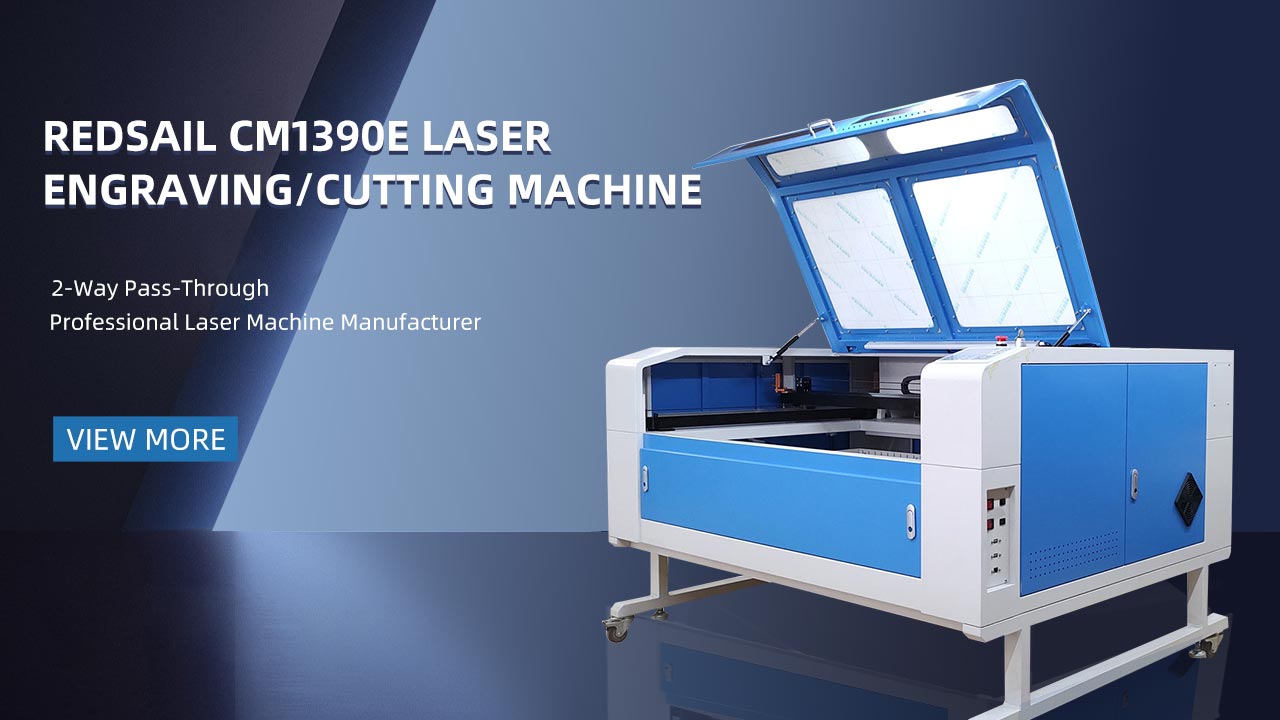Unveiling the Precision of Laser Cut: Exploring the Mechanics and Applications in Woodworking
Introduction
Laser cutting technology has revolutionized woodworking, enabling craftsmen to achieve intricate designs and precise cuts that were once nearly impossible to achieve by hand. This article will delve into the mechanics of laser cutting, exploring how it works and its numerous applications in the woodworking industry.
Understanding Laser Cutting Mechanics
Laser cutting is a process that utilizes a high-powered laser beam to cut through materials such as wood, plastic, metal, and fabric. In woodworking, laser cutting is widely used to create decorative patterns, intricate designs, and precise cuts.
The process involves focusing the laser beam onto the material’s surface, which generates an intense heat that precisely melts, vaporizes, or burns away the material. A computer-controlled machine guides the laser beam along the desired cutting path, ensuring accurate and consistent cuts.
The Advantages of Laser Cutting in Woodworking
1. Precision and Intricacy: Laser cutting allows craftsmen to achieve incredibly fine details and intricate patterns that would be challenging to replicate by hand. It enables the production of intricate inlays, decorative veneers, and precisely fitting joints.
2. Versatility: Laser cutting machines can work with a wide range of wood types, thicknesses, and sizes. This versatility allows craftsmen to experiment with different materials to create unique and innovative designs.
3. Speed and Efficiency: Laser cutting is known for its high speed and efficiency. It significantly reduces production time compared to traditional cutting methods, as the laser beam can cut through the material swiftly and accurately.
4. Minimal Waste: Traditional cutting methods often result in a significant amount of wasted material. Laser cutting, on the other hand, has a very narrow kerf width, resulting in minimal wastage. This makes it a cost-effective and environmentally friendly option.
Applications of Laser Cutting in Woodworking
1. Furniture Manufacturing
Laser cutting technology has transformed furniture manufacturing by allowing craftsmen to create intricate and customized designs. From creating unique patterns on tabletops to precise joints for wooden frames, laser cutting has become an indispensable tool in the production of high-quality furniture.
2. Decorative Woodwork
One of the primary applications of laser cutting in woodworking is in creating decorative elements. It enables the production of intricate patterns, filigree designs, and unique cutouts, enhancing the aesthetics of furniture, wall panels, doors, and ornaments.
3. Inlays and Veneers
Laser cutting can be used to create precise and intricate inlays and veneers that add visual interest to wooden surfaces. Craftsmen can incorporate contrasting wood types or create personalized designs to elevate the overall appearance of the piece.
4. Prototyping and Model Making
Laser cutting is commonly used in woodworking prototyping and model making processes. It allows craftsmen to quickly create accurate representations of their designs, enabling them to evaluate the functionality and aesthetics before proceeding with full-scale production.
5. Artistic Woodwork
Laser cutting technology has opened up new artistic possibilities in woodworking. Artists can create intricate sculptures, three-dimensional designs, and unique patterns with ease, pushing the boundaries of traditional woodworking techniques.
Frequently Asked Questions (FAQs)
Q: Is laser cutting suitable for all types of wood?
A: Laser cutting is compatible with most wood types, including hardwood and plywood. However, certain resinous woods may emit toxic fumes when laser cut, so it’s important to check the compatibility of the wood before use.
Q: Can laser cutting services accommodate custom designs?
A: Yes, laser cutting services can work with custom designs. Craftsmen can provide their design files to the laser cutting service, which can then accurately cut the desired patterns onto the material.
Q: Is laser cutting safe for workers?
A: Laser cutting machines are safe to use when proper safety precautions are followed. It is essential to wear appropriate protective gear, such as goggles and gloves, and ensure proper ventilation in the workspace to minimize any potential risks.
Q: Can laser cutting replace traditional woodworking techniques?
A: Laser cutting complements traditional woodworking techniques but does not entirely replace them. The precision and speed of laser cutting make it an excellent tool for creating intricate designs, but traditional techniques like hand carving and joinery still play an important role in woodworking.
Q: How much does laser cutting cost?
A: The cost of laser cutting depends on various factors such as the complexity of the design, the type of material used, the thickness of the wood, and the quantity required. It is best to contact laser cutting service providers to get accurate cost estimates based on specific requirements.
Conclusion
Laser cutting has revolutionized the woodworking industry, enabling craftsmen to achieve incredible precision and intricate designs. With its numerous applications in furniture manufacturing, decorative woodwork, inlays, prototyping, and artistic woodworking, laser cutting has become an essential tool for both traditional woodworkers and modern designers.





